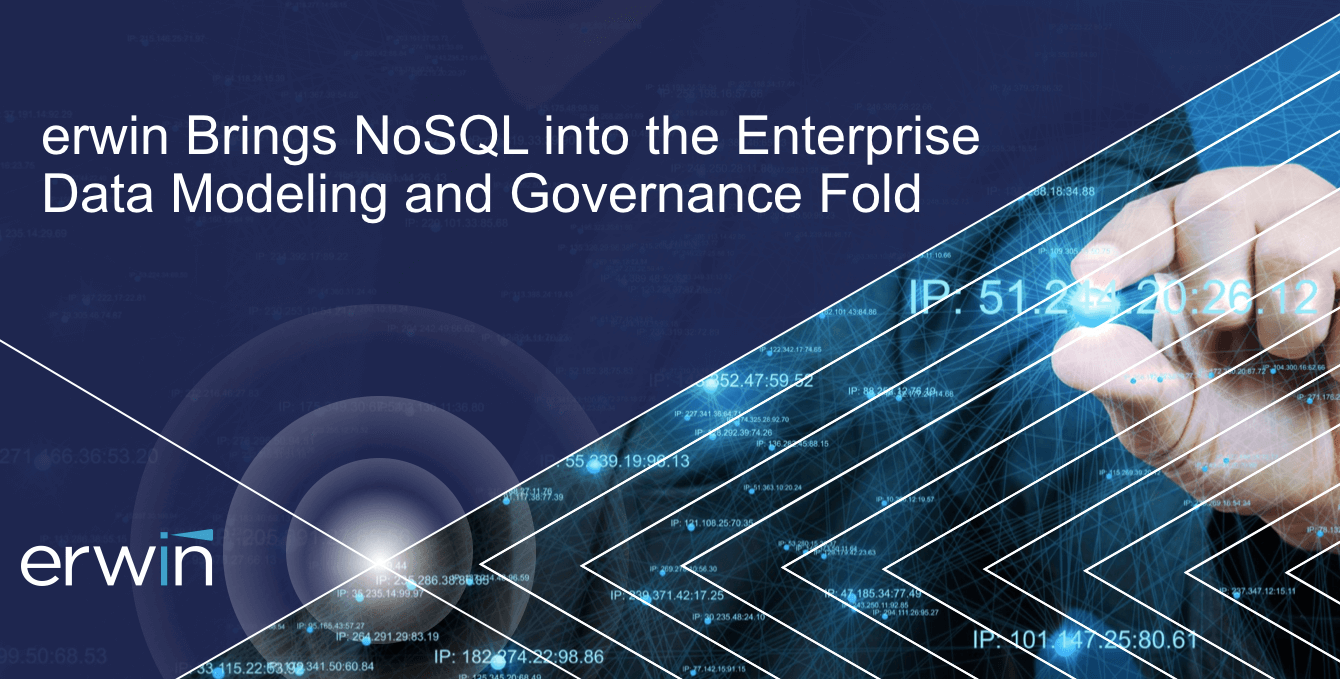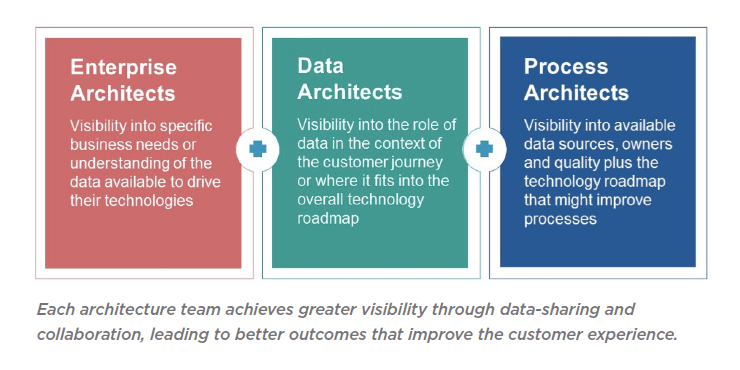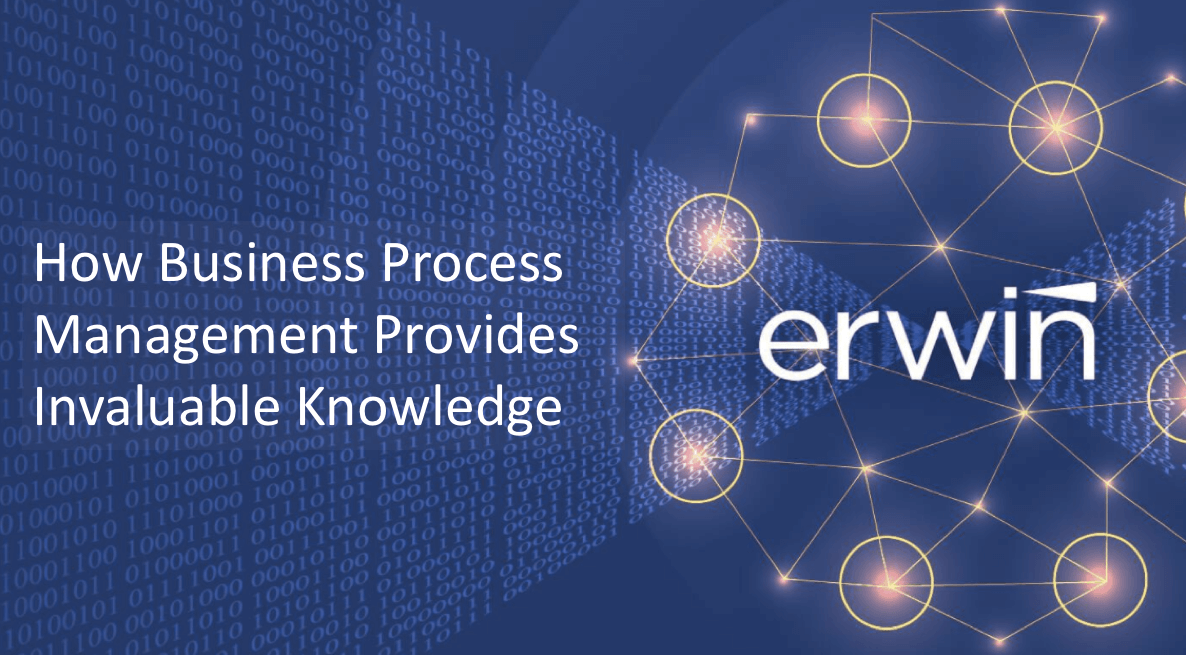The data-driven enterprise is the cornerstone of modern business, and good data governance is a key enabler.
In recent years, we’ve seen startups leverage data to catapult themselves ahead of legacy competitors. Companies such as Airbnb, Netflix and Uber have become household names. Although the service each offers differs vastly, all three identify as ‘technology’ organizations because data is integral to their operations.
As with any standard-setting revolution, businesses across the spectrum are now following these examples. But what these organizations need to understand is that simply deciding to be data-driven, or to “do Big Data,” isn’t enough.
As with any strategy or business model, it’s advisable to apply best practices to ensure the endeavor is worthwhile and that it operates as efficiently as possible. In fact, it’s especially important with data, as poorly governed data will lead to slower times to market and oversights in security. Additionally, poorly managed data fosters inaccurate analysis and poor decision-making, further hampering times to market due to inaccuracy in the planning stages, false starts and wasted cycles.
Essentially garbage in, garbage out – so it’s important for businesses to get their foundations right. To build something, you need to know exactly what you’re building and why to understand the best way to progress.
Data Governance 2.0 Is the Underlying Factor
Good data governance (DG) enables every relevant stakeholder – from executives to frontline employees – to discover, understand, govern and socialize data. Then the right people have access to the right data, so the right decisions are easier to make.
Traditionally, DG encompassed governance goals such as maintaining a business glossary of data terms, a data dictionary and catalog. It also enabled lineage mapping and policy authoring.
However, Data Governance 1.0 was siloed with IT left to handle it. Often there were gaps in context, the chain of accountability and the analysis itself.
Data Governance 2.0 remedies this by taking into account the fact that data now permeates all levels of a business. And it allows for greater collaboration.
It gives people interacting with data the required context to make good decisions, and documents the data’s journey, ensuring accountability and compliance with existing and upcoming data regulations.
But beyond the greater collaboration it fosters between people, it also allows for better collaboration between departments and integration with other technology.
By integrating data governance with data modeling (DM), enterprise architecture (EA) and business process (BP), organizations can break down inter-departmental and technical silos for greater visibility and control across domains.
By leveraging a common metadata repository and intuitive role-based and highly configurable user interfaces, organizations can guarantee everyone is singing off the same sheet of music.
Data Governance Enables Better Data Management
The collaborative nature of Data Governance 2.0 is a key enabler for strong data management. Without it, the differing data management initiatives can and often do pull in different directions.
These silos are usually born out of the use of disparate tools that don’t enable collaboration between the relevant roles responsible for the individual data management initiative. This stifles the potential of data analysis, something organizations can’t afford given today’s market conditions.
Businesses operating in highly competitive markets need every advantage: growth, innovation and differentiation. Organizations also need a complete data platform as the rise of data’s involvement in business and subsequent frequent tech advancements mean market landscapes are changing faster than ever before.
By integrating DM, EA and BP, organizations ensure all three initiatives are in sync. Then historically common issues born of siloed data management initiatives don’t arise.
A unified approach, with Data Governance 2.0 at its core, allows organizations to:
- Enable data fluency and accountability across diverse stakeholders
- Standardize and harmonize diverse data management platforms and technologies
- Satisfy compliance and legislative requirements
- Reduce risks associated with data-driven business transformation
- Enable enterprise agility and efficiency in data usage.









